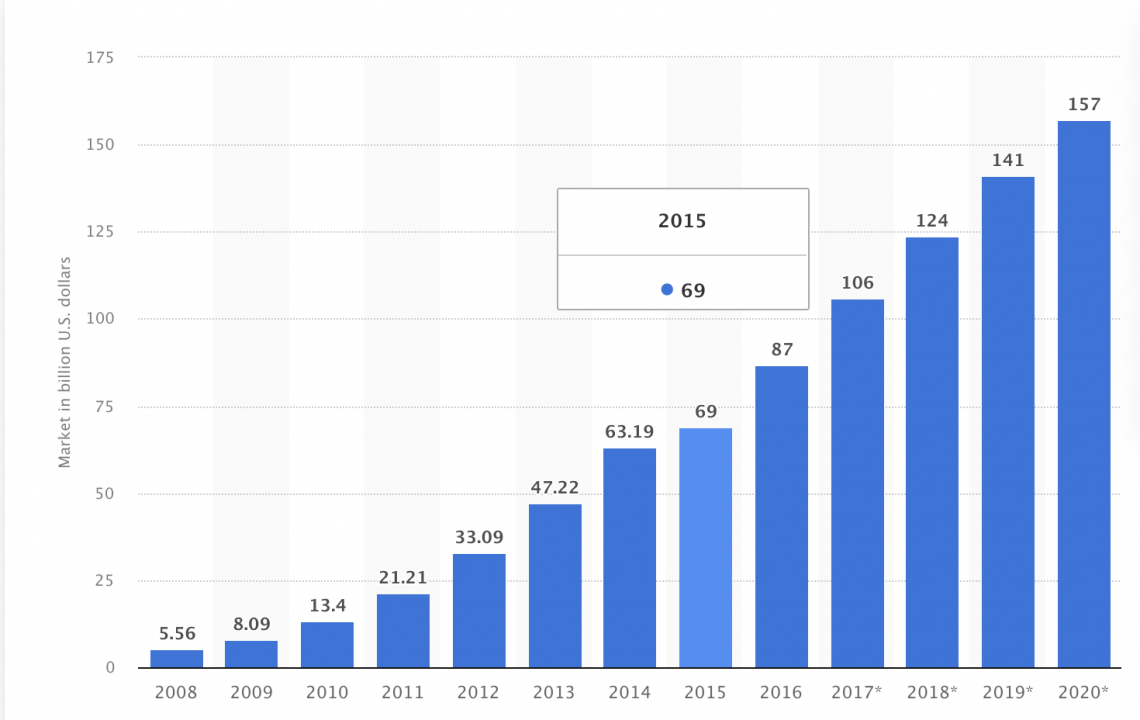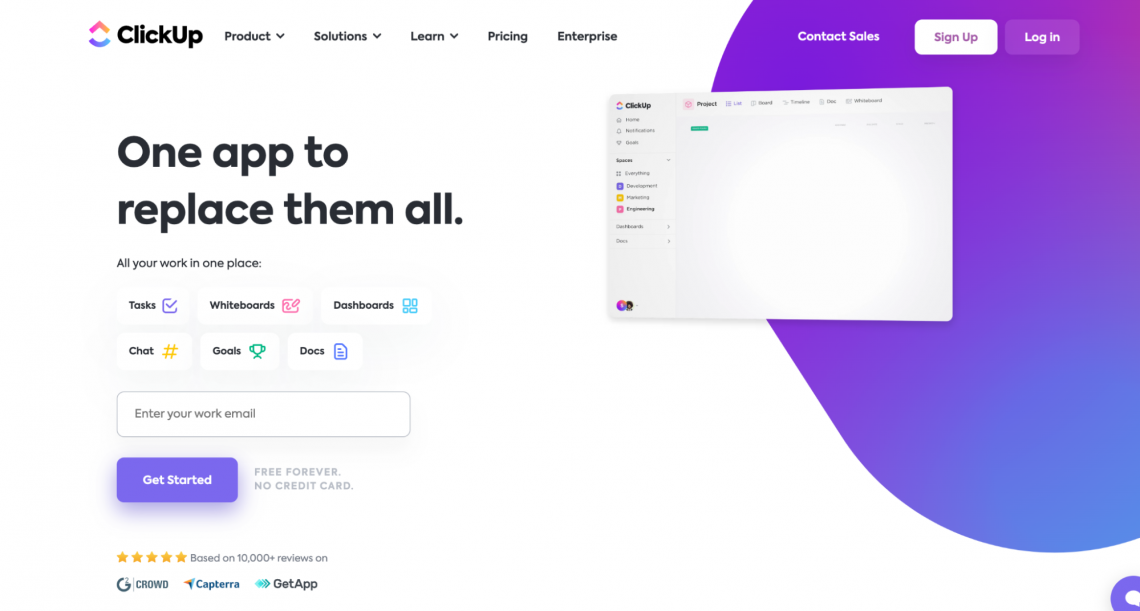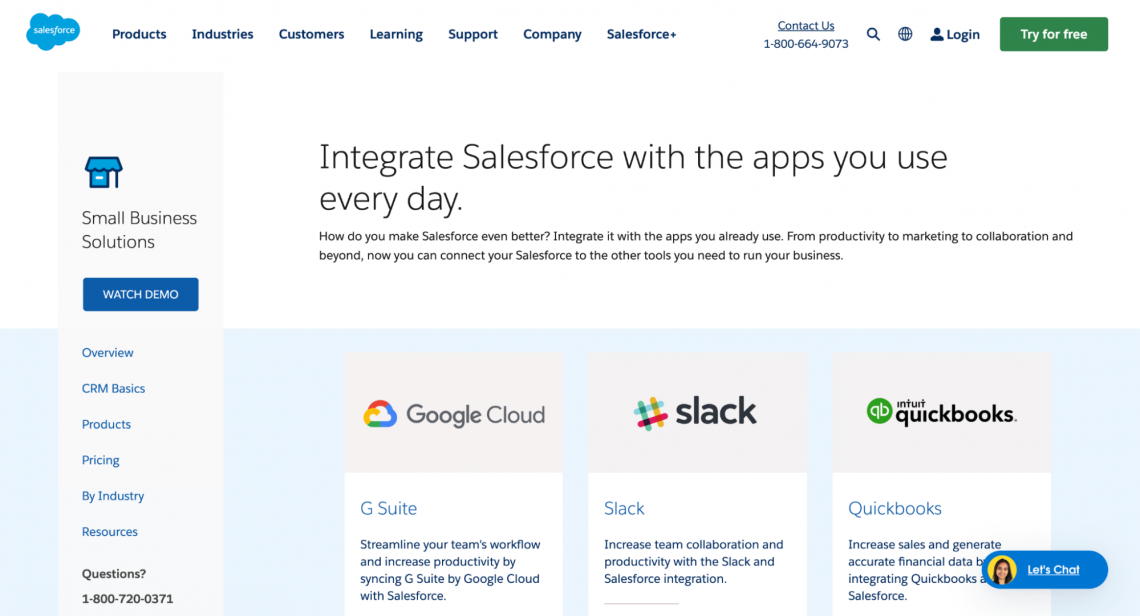What Makes a SaaS Business Ideal for Scaling in 2023?
Factors that Drive SaaS Business Scalability
The Software as a Service (SaaS) industry landscape has grown remarkably in recent years. According to Fortune Business Insight, the global Software as a Service (SaaS) market is projected to grow from $273.55 billion in 2023 to $908.21 billion by 2030.
This explosive growth isn't just a fleeting trend—it indicates a fundamental shift in how businesses operate and deliver their services, and it’s a precursor that underpins the potential of SaaS solutions to scale in a rapidly evolving business and technological landscape.
Regardless of your choice of financial modeling, SaaS models are ideal for scalability. Here, we’ll examine key factors that reflect the scalability potential of a SaaS business.

ALT: A graph showing the scalability of the public cloud software as a service (SaaS) market from 2008 to 2020.
8 factors that make SaaS businesses ideal for scaling in 2023
A quick overview of how the SaaS business works will broaden your understanding of how it’s ideal for scaling.
The typical operating model for a SaaS business model sees software development companies host computer applications online, providing access to customers to use them on a subscription basis.
The SaaS model differs from traditional software systems, where users purchase a license and physically install the Software on their computers or servers. Instead, the SaaS company delivers the software as a Service, accessible through a web browser.
An excellent example of SaaS systems is cloud-based order management tools for online retailers and ecommerce businesses. Another example is companies that deliver customer relationship management software to help other companies manage their customer interactions.
Both of these require users to subscribe to a monthly payment system, allowing them access to these great tools and services. Often they also come with support and community resources, which makes them great for customers. But, what makes businesses like this ideal for scaling?
Cloud-based infrastructure and scalability
The existence of cloud-based infrastructures forms the appropriate foundation for the development of SaaS systems.
Unlike traditional Software, SaaS applications exist in the cloud. The mechanisms that facilitate the safety, stability, and scalability of these systems are cloud infrastructures.
Cloud-based infrastructures are a game-changer for scalability. They enable businesses to scale their software-based operations effortlessly. For any SaaS business, the scalability of cloud infrastructures allows you to seamlessly expand your system resources to accommodate a growing user base as demands increase.
This eliminates the need for costly and time-consuming hardware upgrades that were once essential for traditional software companies. Cloud accessibility, flexibility, and on-demand resources provide a solid foundation for SaaS businesses to scale without traditional constraints.
That said, it’s worth noting that investments in cloud solutions have expanded over the years. According to Infoworld, average cloud investment has increased by 59% from 2018. That shows how much companies are throwing into SaaS solutions.
Versatile and customizable solutions
Software developers design SaaS solutions with flexibility and customization in mind. The biggest advantage of SaaS systems for users is that it removes the need to install the software on local devices.
This level of versatility makes SaaS options more desirable for enterprises.
In 2023, users are prioritizing personalization, among other trends. And it’s got a positive implication for companies too. Numbers from McKinsey indicate increased revenue of up to 40% for companies that adopt excellent personalization in their operations.
An example is ClickUp — a software company that tailors its products to fit different industries and individual clients. With ClickUp, you can create your own custom workflows, to-do lists, and views. This means it can be adapted to work well in different fields like marketing, software development, construction, and more.
In just under six years of business, ClickUp has achieved a $4 billion valuation thanks to a Series C funding round that raised $400 million.
Personalization enables SaaS businesses to tailor their offerings to meet various industries and individual clients at their specific points of need.
The ability to offer versatile and customizable solutions reflects the high growth prospects for SaaS businesses in 2023. The system’s adaptability attracts a broader customer base and empowers SaaS companies to penetrate niche markets that others often overlook.

ALT: Example of a SaaS business with customizable solutions
Global presence and accessibility
Physical boundaries no longer limit business growth thanks to the liberty the internet provides. SaaS setups now have more freedom to transcend geographical constraints and establish a global presence with ease.
In addition, increased digital connectivity and the internet’s limitless reach enable SaaS companies to deliver their services to customers globally. This worldwide accessibility exponentially expands any SaaS company’s potential customer base. It opens doors to diverse markets and revenue streams.
With global opportunities present, businesses get irresistible incentives to scale up their SaaS operations. You have more motivation in the form of a ready market to maximize avenues available to reach more users and gain a more significant market share.
Data-backed decision-making
With the world reaching a tipping point for data-driven decision-making, information is fast becoming a critical operational element for modern businesses. Companies now factor data-centric insights into their considerations when making crucial decisions.
According to a survey from SPglobal, 90% of people believe data will be critical to an organization’s decision-making in the coming months. Expectedly, SaaS companies are well-equipped to harness the benefits and opportunities data presents.
By their very nature, SaaS applications allow providers to collect and analyze vast amounts of user data to generate valuable insights. The result assists SaaS businesses in understanding more of customer behavior, preferences, and how to grow their services.
Gone are the days when you would consider enrolling into a powerpoint course to organize and present your data effectively; though it’s still a valuable tool, in this case, you can leave it to your SaaS application to generate reports that are clear, concise, and easy to share.
With a wealth of information, SaaS businesses can make informed decisions, refine their offerings, and enhance customer experiences. All these improvements are scalability indicators.
Revenue model based on subscriptions
Most operations in the SaaS industry implement the subscription-based revenue model, and for a good reason. In contrast to one-time purchases for traditional software, a subscription model allows SaaS companies to generate recurring revenue through subscription plans.
The subscription-based model requires users to make regular payments of a specific amount to renew their access to a SaaS. As such, it creates a predictable source of income for the company providing the service.
The predictable income stream offers stability and also facilitates long-term planning and investment. This enables SaaS businesses to make future projections that facilitate scalability.
The subscription model fosters a strong customer–provider relationship. This way, it incentivizes SaaS businesses to retain subscribers by continuously delivering value. Long-term stability and solid customer relationships create a clear pathway for scalability for SaaS businesses.
Continuous enhancements and updates
The SaaS model is dynamic and facilitates constant improvement and innovation. With traditional software systems, users must update their local software each time the service providers roll out new updates. This situation sometimes disrupts user operations.
The SaaS model eliminates this undesirable. SaaS companies can seamlessly roll out updates, enhancements, and new features without disrupting users’ processes. That way, they guarantee that their products remain relevant and competitive.
This agility is particularly advantageous in the fast-paced tech landscape of 2023. As customer expectations evolve and new technologies emerge, SaaS businesses can swiftly adapt and provide cutting-edge solutions. That way, they’ll further solidify their position as scalable enterprises.
Integration capabilities
Businesses are embracing more interconnectivity, engaging systems that foster synergy among the numerous moving parts of their overall operations. This development encourages the increased adoption of solutions that allow companies to manage all their activities on a single, consolidated platform or seamlessly connect all the fragmented elements.
For example, companies now prefer comprehensive Enterprise Resource Planning (ERP) systems that encompass different departmental data needs. These often include integrations with accounts payable systems for finance teams, order management functionalities for the sales teams, and many more.
Most SaaS applications come with capabilities to integrate seamlessly with various tools and systems to create a unified ecosystem for businesses.
For instance, Salesforce — a CRM software — can integrate with marketing automation tools like HubSpot or analytics tools like Tableau to create a comprehensive solution tailored to their specific needs. This integration capability streamlines processes, enhances efficiency and amplifies the value of this SaaS solution.
This factor also contributes to the increased adoption rate and consequent scalability of SaaS solutions. As businesses strive for greater interconnectivity and synergy between their systems, it presents robust growth opportunities for SaaS businesses globally.

Cost-effective and efficient operations
The SaaS business model offers a distinct advantage in terms of cost-effectiveness and operational efficiency.
SaaS companies can optimize resource allocation, reduce overhead costs, and minimize IT complexities thanks to their centralized cloud-based management.
That births a lean approach that allows your business to allocate more resources to innovation, customer support, and growth initiatives. That way, you can serve customers better, increase profitability ratios and expand operations.
Businesses are prioritizing lean and efficient operations in 2023. 40% of respondents in PWC’s 2023 CEO Survey are worried about the potential impact of inflation on their companies over the next 12 months.
A lean setup aims to eliminate excesses and streamline processes to only the inputs with the highest returns on investment. That presents an opportunity for well-positioned SaaS companies to meet these demands. Leveraging the advantage, they can scale their operations rapidly.
Final thoughts
The technology and business landscape is constantly evolving—but the current trend presents a favorable climate for SaaS businesses to scale.
SaaS solutions have all the right factors and functionalities that prime them for significant growth in 2023. Service providers only need to devise and implement the right scalability strategies.
As industries evolve and digital transformation becomes the norm, more companies will favor SaaS options over traditional Software. You must prepare and position your business to maximize the opportunities as they come.
Free Resources
To continue learning and advancing your career, check out these additional helpful WSO resources:







or Want to Sign up with your social account?